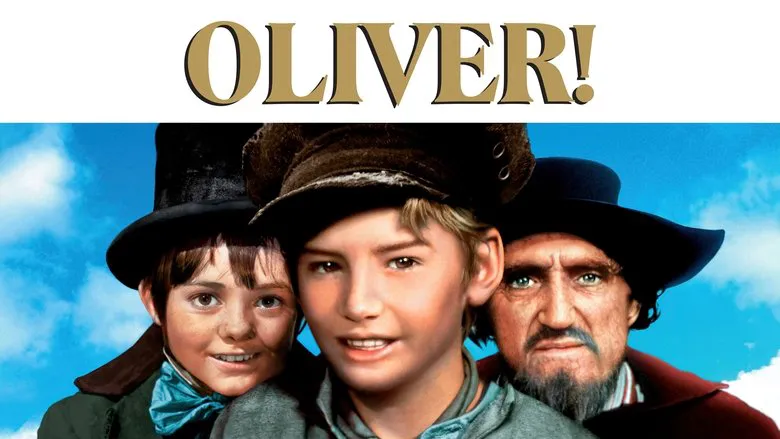At the heart of Christopher Nolan’s mind-bending masterpiece, Inception, lies Dom Cobb (Leonardo DiCaprio), a man burdened by a past he cannot escape and blessed – or cursed – with an extraordinary ability. Cobb is an unconventional criminal, a dream extractor who, along with his elite team of specialists, delves into the vulnerable human subconscious to pilfer closely guarded secrets.
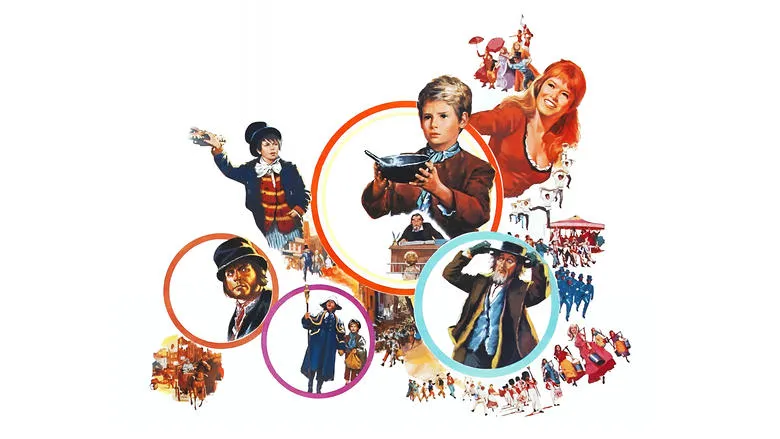
Their latest mission, a daring attempt to invade the mind of a formidable Japanese magnate, Saito, takes an unexpected turn. Instead of punishment, Cobb receives an offer that could redefine his life and finally grant him the solace he desperately yearns for: a return to his children in the United States, a country where he remains a fugitive. The price? A task far more intricate and perilous than extraction. Cobb must perform “inception,” implanting a revolutionary idea into the mind of Robert Fischer (Cillian Murphy), the unsuspecting heir to a vast, monopolistic empire. The goal: to subtly compel him to dismantle his father’s powerful corporation from within.
Intrigued yet perplexed by the audacity of the proposition, Cobb embarks on the painstaking process of assembling a dream team. From the labyrinthine streets of Paris comes Ariadne (Ellen Page), the brilliant “architect,” tasked with designing the intricate, multi-layered dreamscapes that will serve as their battlefield. From the vibrant city of Mombasa, the charismatic “forger,” Eames (Tom Hardy), joins their ranks, adept at impersonating targets and manipulating the dream’s projections. Arthur (Joseph Gordon-Levitt), Cobb’s ever-vigilant and subtly cunning partner, takes on the role of the “point man,” meticulously handling the logistics and procedural complexities of navigating these perilous mental realms. And finally, a highly specialized “chemist” ensures everyone remains deeply sedated throughout their treacherous delves into the unconscious, traversing multiple dream layers to reach their objective.
The Genesis of a Grand Vision
The legend surrounding Inception’s origins adds another layer to its mystique: Christopher Nolan reportedly conceived the core idea when he was a mere 16 years old. However, this groundbreaking concept lay dormant for over two decades, fermenting and evolving within his brilliant mind. It wasn’t until the monumental success of The Dark Knight that Nolan gained the necessary leverage to bring his original vision to life. The immense box office earnings of the acclaimed Batman sequel, coupled with Warner Bros.’ eagerness for a third installment, empowered Nolan to demand an astounding $200 million budget for an original, high-concept film, famously featuring a locomotive tearing through the streets of a dream-infused New York City. What makes this feat even more astonishing is not just the studio’s willingness to fund such an ambitious, non-franchise project, but the sheer confidence with which the film appeared poised to recoup every cent and more.
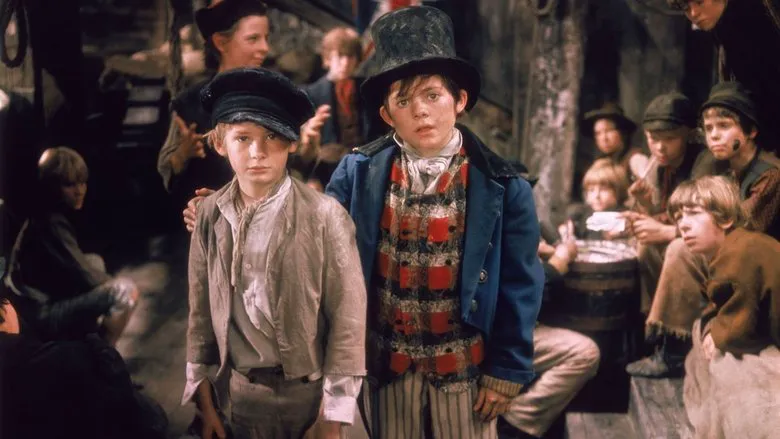
A Masterpiece Long in the Making
Christopher Nolan’s journey to realize Inception was a testament to patience and meticulous craftsmanship. He first pitched the embryonic idea to the studio in 2002, envisioning a swift script completion within months. Yet, the complex narrative he sought to weave took far longer to materialize, with the finished screenplay not reaching his hands until eight years later.
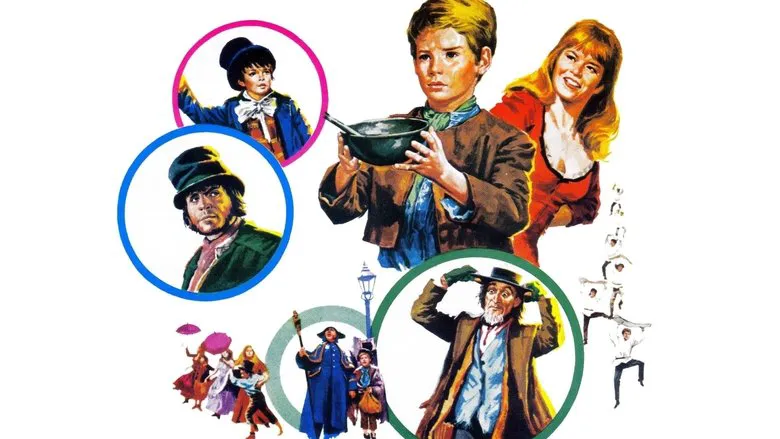
During this lengthy development, two of the film’s key actresses garnered significant accolades in 2008: both Marion Cotillard and Ellen Page were nominated for the “Best Actress” Oscar, with Cotillard ultimately taking home the coveted statuette. It’s also noteworthy that Inception marked a significant return to original storytelling for Nolan, standing as the first film since his feature debut that wasn’t an adaptation, a sequel, or part of an existing franchise.
Paradoxically, this “hyper-conceptual” film, whose intricate layers some actors purportedly found themselves struggling to fully grasp, ultimately unfurled itself on screen as both grand in scale and surprisingly straightforward in execution. Nolan, ever the precision architect, constructed his initial synopsis with remarkable clarity, forming a structured narrative where there was little room for spontaneous revelation or profound romantic conjecture, save for an artfully ambiguous ending that left the audience to ponder. The elaborate procedures for entering and exiting dreams are laid out with such enviable precision and detail that it would make even the most seasoned IKEA furniture assembler swoon.
Moreover, the subconscious itself, rather than being depicted as a murky, shapeless void of vague imagery, is presented as a disciplined, four-tiered structure. The characters descend into a dream within a dream a total of three times, each level meticulously designed. This highly organized dream-world is not governed by Freudian complexes or ethereal entities, but rather by armed projections – a tangible defense mechanism ensuring maximum security. In essence, Inception functions dynamically as a collective “heist movie.” The dream invaders, applying their unique psychological techniques, deceive the unconscious using methods remarkably similar to how Danny Ocean and his crew bypassed the most sophisticated casino security systems. While the characters face the formidable challenge of operating in surreal environments, such as zero gravity, their ultimate objective remains a familiar cinematic trope: to crack a safe, albeit one made of ideas rather than steel.
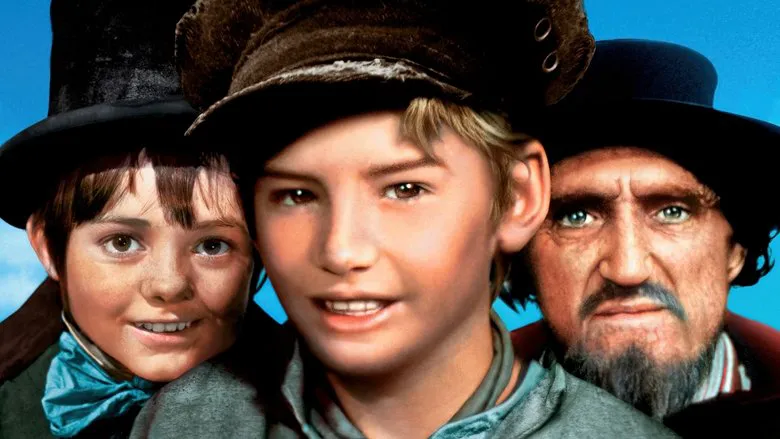
The Haunting Echoes Within
Beyond the ever-present threat of armed spectral guards, the dream intruders face an even more potent obstacle: Cobb’s deceased wife, Mal (Marion Cotillard) – or, more accurately, her powerful, destructive projection, generated by the hero’s tormented subconscious. This spectral embodiment is not merely a plot device but the very wellspring of the film’s profound drama, vividly illustrating the narrative’s embedded belief that excessive immersion in dreams can be psychologically damaging.
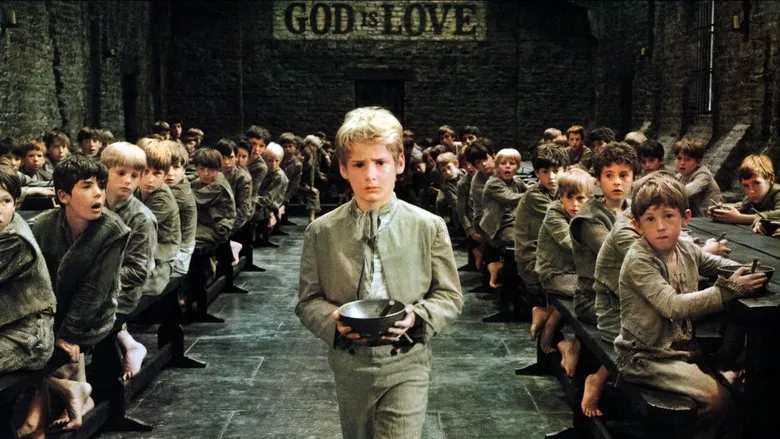
It’s worth noting that Leonardo DiCaprio, a seasoned veteran in portraying characters grappling with skewed perceptions and losing loved ones onscreen, delivers a deeply compelling performance here. Having notably lost his cinematic wives for the third film in a row, DiCaprio embodies Cobb’s brooding internal conflict with characteristic conviction. One might even humorously suggest that given his relentless display of existential frowning on screen, he may soon forget how to simply smile.

In the broader context of Inception, Nolan’s ambitious vision transcends mere psychological exploration, preferring to showcase his exceptional directorial prowess. While psychopathological depths certainly offer a rich canvas for cinematic exploration, this epic was primarily conceived to demonstrate Nolan’s unparalleled ability to synchronize and orchestrate action across three, four, or even five distinct levels, each governed by its own unique physical laws and fluctuating sense of time. The grand spectacle of Inception serves as a powerful testament to the director’s command over complex narratives and awe-inspiring visuals.
Indeed, the only semblance of reproach one might offer the director is the sheer magnitude of the $200 million budget dedicated to cladding the subconscious in gleaming glass and stark concrete. Yet, even in this criticism, one acknowledges the beauty of the execution: the dream-world slabs are laid with impeccable precision, and the multifaceted glass structures shimmer with a dazzling, almost hypnotic brilliance, perfectly reflecting Nolan’s unwavering commitment to his meticulously imagined world.
